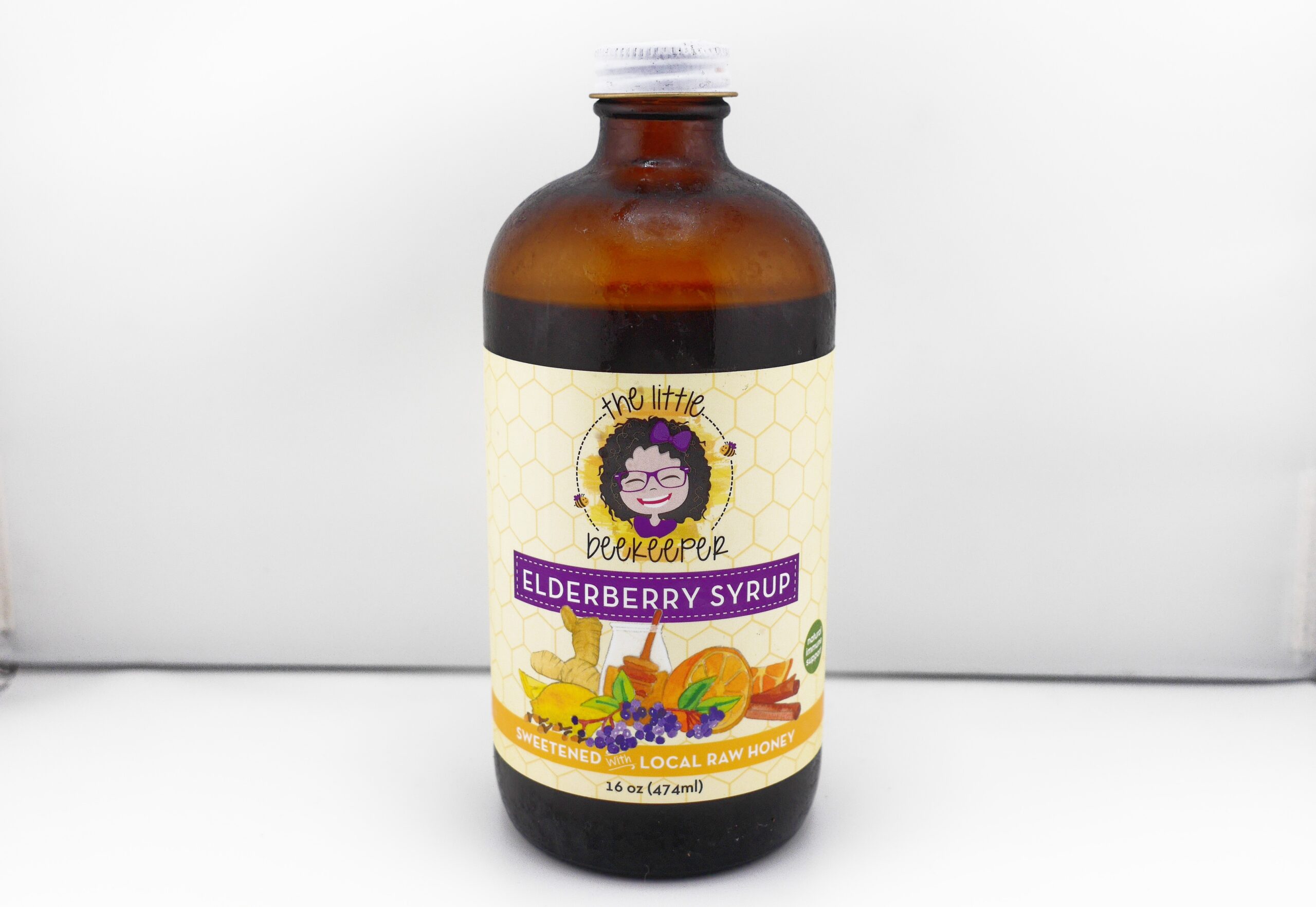So, you’ve got a jar of honey, and you’re wondering, “Is this the real deal or just a sugary imposter?” Fear not, honey sleuth! We’ve got your back. Let’s dive into the sticky world of raw honey detection. You’re going to learn how to Identify Raw Honey!
Keep it Real,
Keep it Raw,
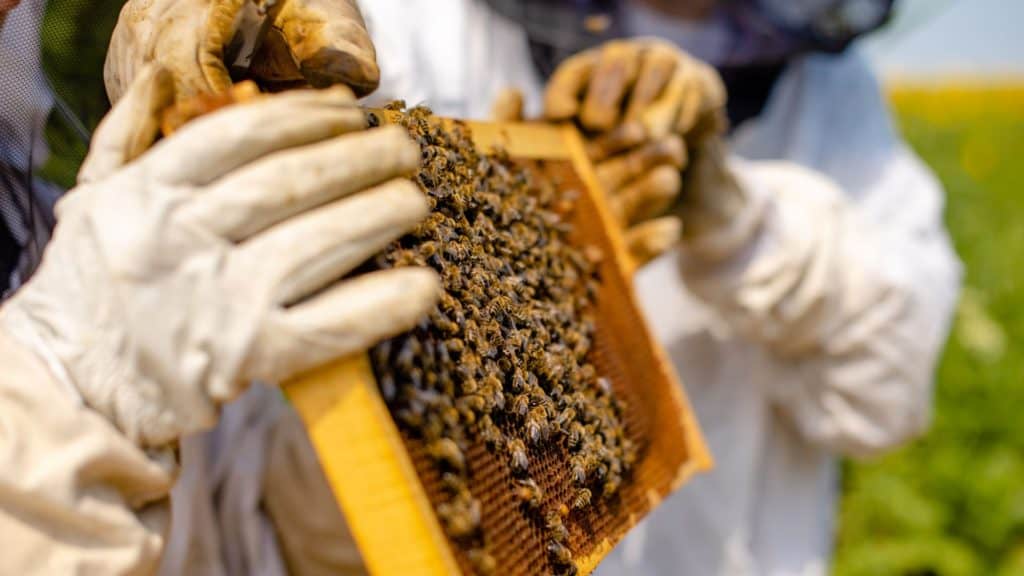
The Cloudy Clue
- Raw Honey: Imagine a misty morning in the beehive. Raw honey is like that—cloudy, mysterious, and full of secrets. If your honey looks a bit hazy, you’re on the right track.
- Processed Honey: Clear as a crystal ball? That’s processed honey. It’s so transparent, it could moonlight as a windowpane.
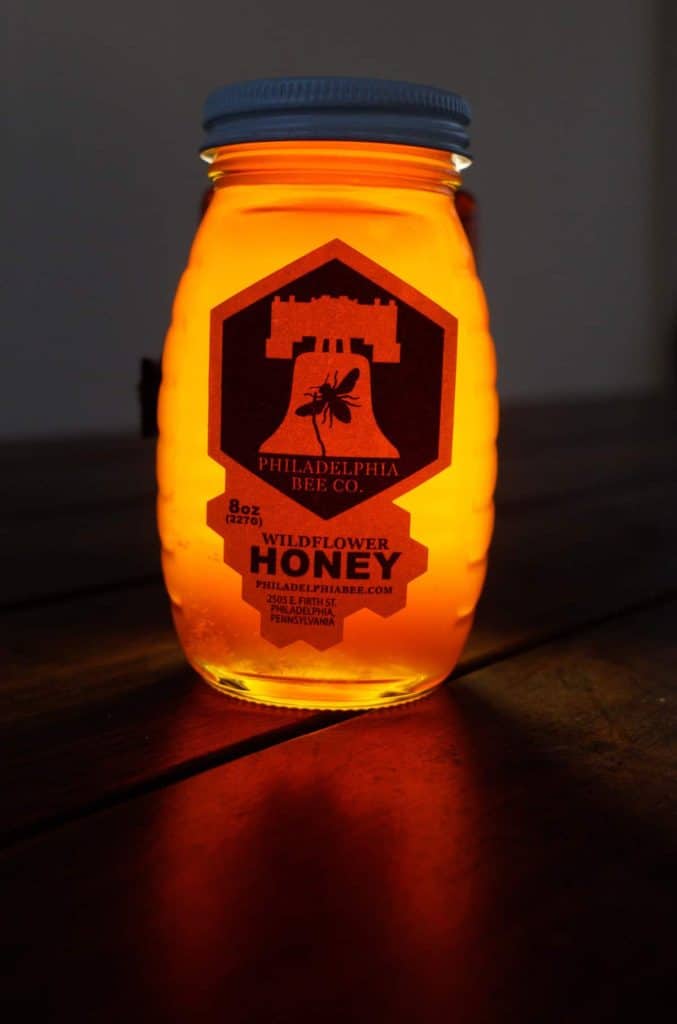
See the sediment at the bottom of the jar? That’s proof of legit Honey. Raw Honey is approximately 40% fructose, 30% glucose and 17% water, with the remainder being other sugars, carbohydrates and a small number of vitamins and minerals.
Crystal Quest
- Raw Honey: Over time, raw honey gets cozy and forms tiny crystals. It’s like nature’s bling. So, if your honey has a little crunch, it’s legit.
- Processed Honey: Smooth as a dance floor? Processed honey stays liquid, refusing to join the crystal party.
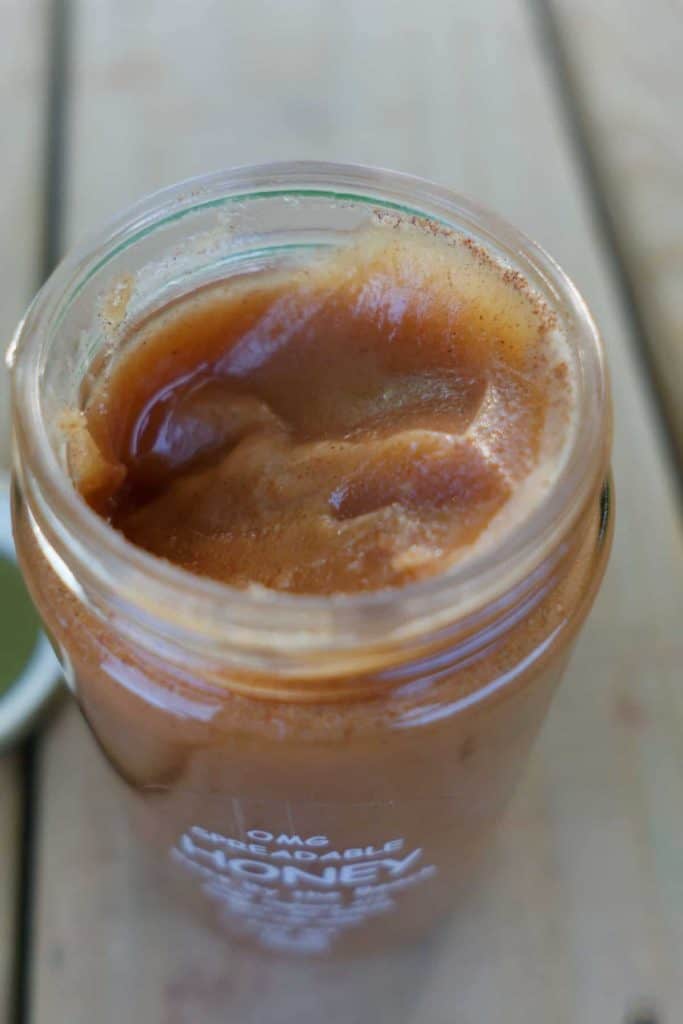
You may even find some Honey that is “Whipped” or “Creamed”. This is just blended crystallized Honey.
There is no reason to toss a Jar of crystallized Honey. If you’re not patient enough to slow heat the jar with water (DO NOT MICROWAVE IT) just grab a knife and start stirring.
Texture Tells
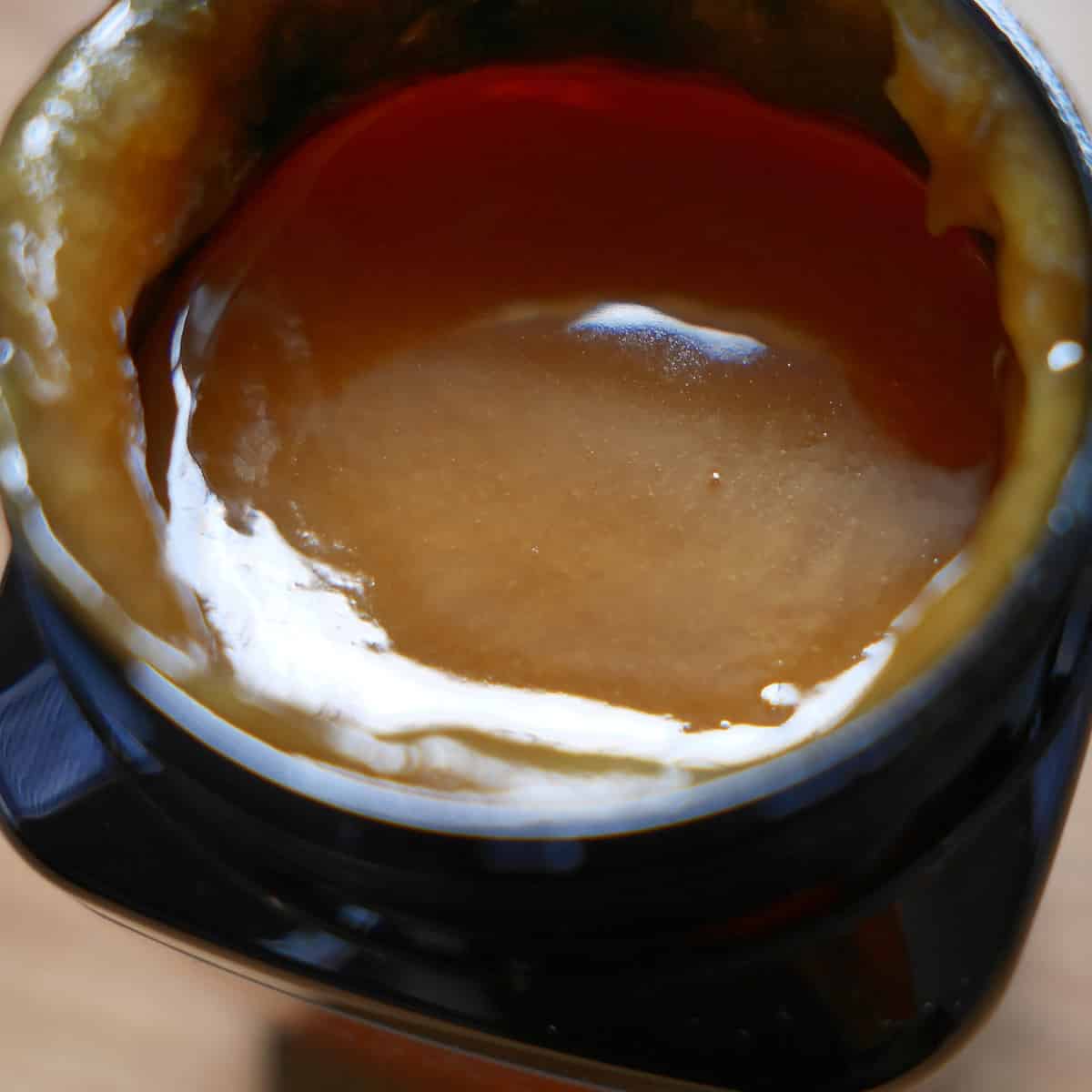
- Raw Honey: Picture this: raw honey doing the cha-cha with your spoon. It’s thick, grainy, and unapologetically rustic.
- Processed Honey: Processed honey waltzes—silky, suave, and oh-so-smooth. It’s the James Bond of honeys.
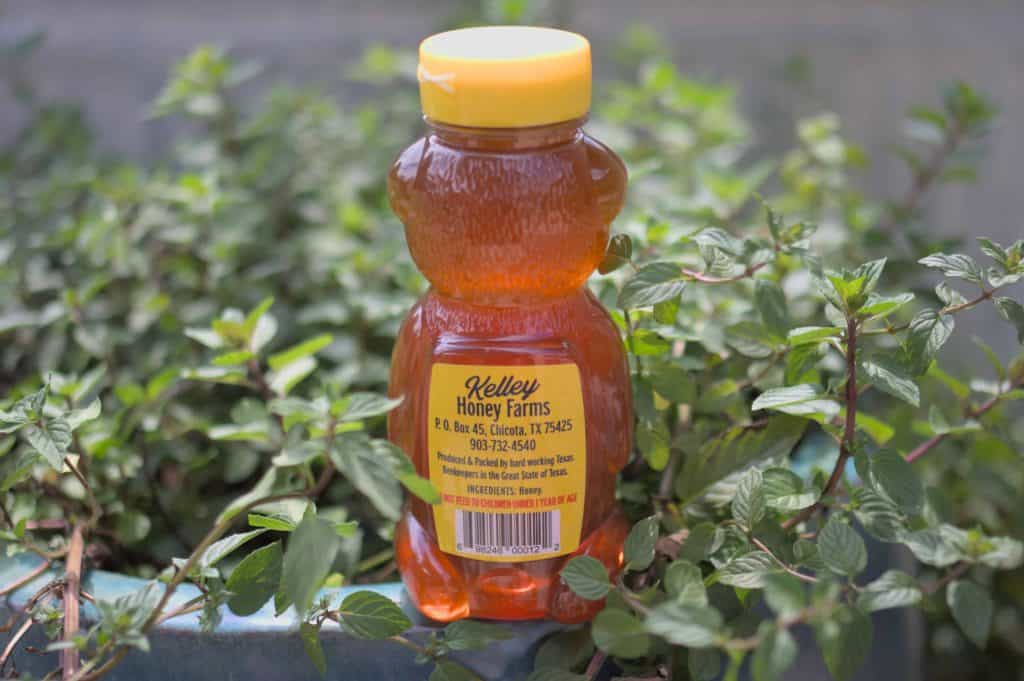
Sediment Story
- Raw Honey: Sometimes, raw honey brings along souvenirs—tiny pollen particles, propolis bits, and even a honeycomb crumb or two. It’s like a nature hike in a jar.
- Processed Honey: No surprises here. Processed honey keeps it clean—no pollen hitchhikers allowed.
Color Contest
- Raw Honey: Shades of gold! Raw honey flaunts its natural hues—light golden, amber, or deep caramel. It’s like a sunset in a spoon.
- Processed Honey: Pale and proud. Processed honey sticks to a single shade, like a minimalist art exhibit.
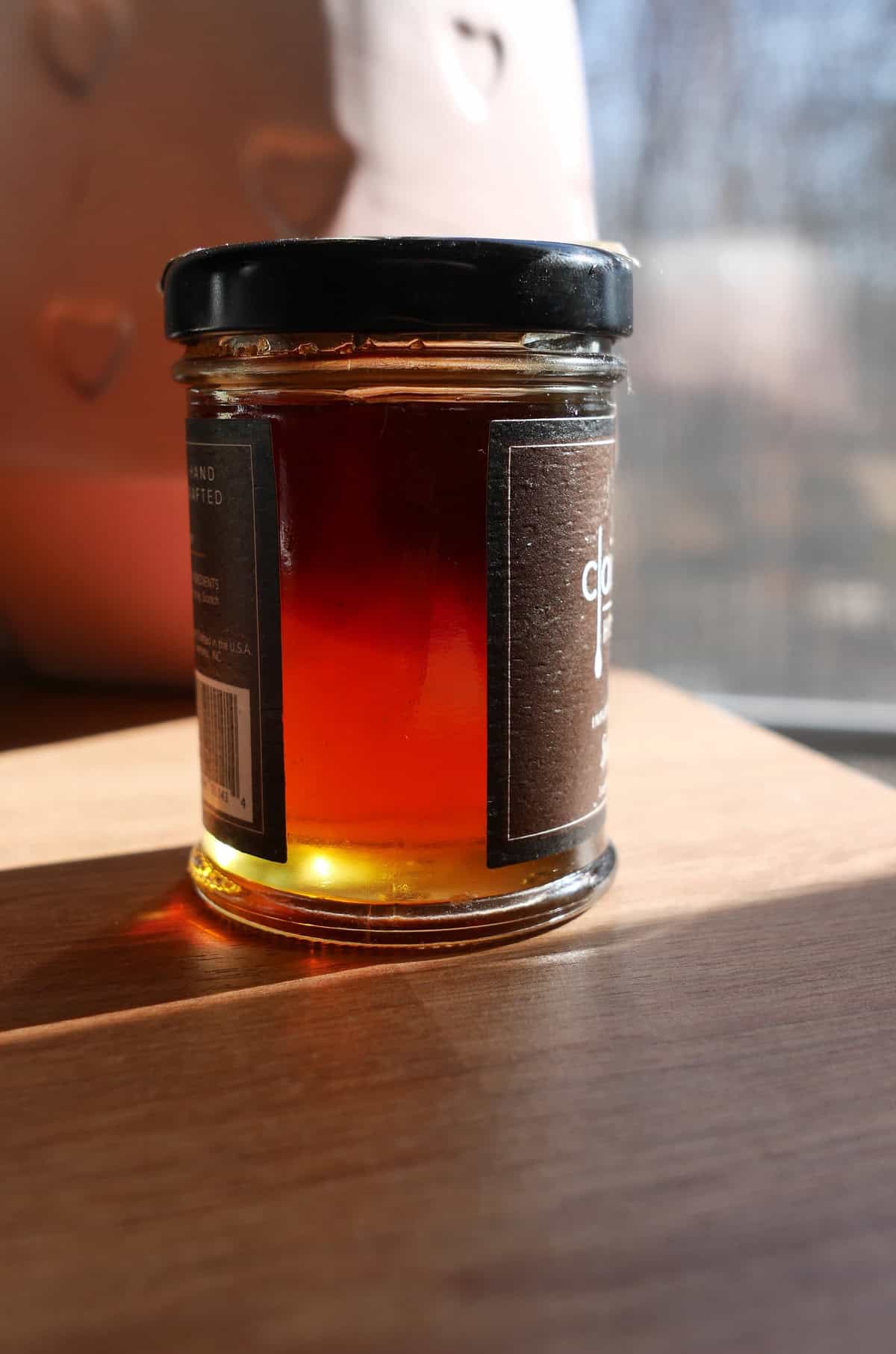
Aroma Adventure
- Processed Honey: Mild-mannered or scentless? Processed honey lacks that floral flair. It’s the introvert at the honey party.
- Raw Honey: Close your eyes and sniff. Raw honey smells like a wildflower meadow after rain—a symphony of blossoms. It’s the bee’s knees.
- Also check out the Benefits of Propolis
Conclusion: Remember, honey detective, these clues aren’t foolproof. For the real McCoy, buzz over to local beekeepers or trusted sources. They’ll serve you the sweet truth. I hope these tips help you Identify Raw Honey near you.
To identify real raw honey, consider these key factors:
- Stickiness: Real honey feels soft and velvety, not sticky like cheap syrup. If it’s sticky, it might be adulterated.
- Viscosity: Authentic honey is thick and pours slowly, while processed honey flows more like a liquid.
- Taste Persistence: Real honey’s taste doesn’t linger; it dissolves with saliva. Fake honey tastes sweet for longer.
- Flavors and Scents: Monofloral honeys have unique flavors. For example, sunflower honey has an oily characteristic.
Remember, the best way to ensure purity is to buy from trusted sources like local beekeepers or reputable brands.
Some of my favorite Honey available is: TREE HIVE® Breakfast, Home | Moon’s Honey House, Cloister Honey – Artisan Honey and Gifts, Two Hives Honey



